Sustainability and proactive environmental work are an integral part of daily operations at the Joutseno mill. Our mill’s operations are governed by an environmental permit overseen by the environmental authorities. We monitor, measure and report the emissions and impacts of the mill on a broad scale. In addition, the environmental authorities perform yearly inspections at the mill.
Each one of our employees has an important role in proactive work. We focus on the consistent availability of our mill, and perform continuous and active monitoring, observation and reporting on the environmental performance of the mill. We react immediately to any deviations, investigating their causes and defining corrective measures. Proactive work covers active environmental observations, info sessions on environmental topics, risk assessments and environmental investigations. In addition, the personnel participates in regular training concerning the environment and sustainability.
We also perform maintenance, investments and development projects that support our sustainable development goals and the mill’s environmental performance. We use the best available techniques (BAT) at our mills.
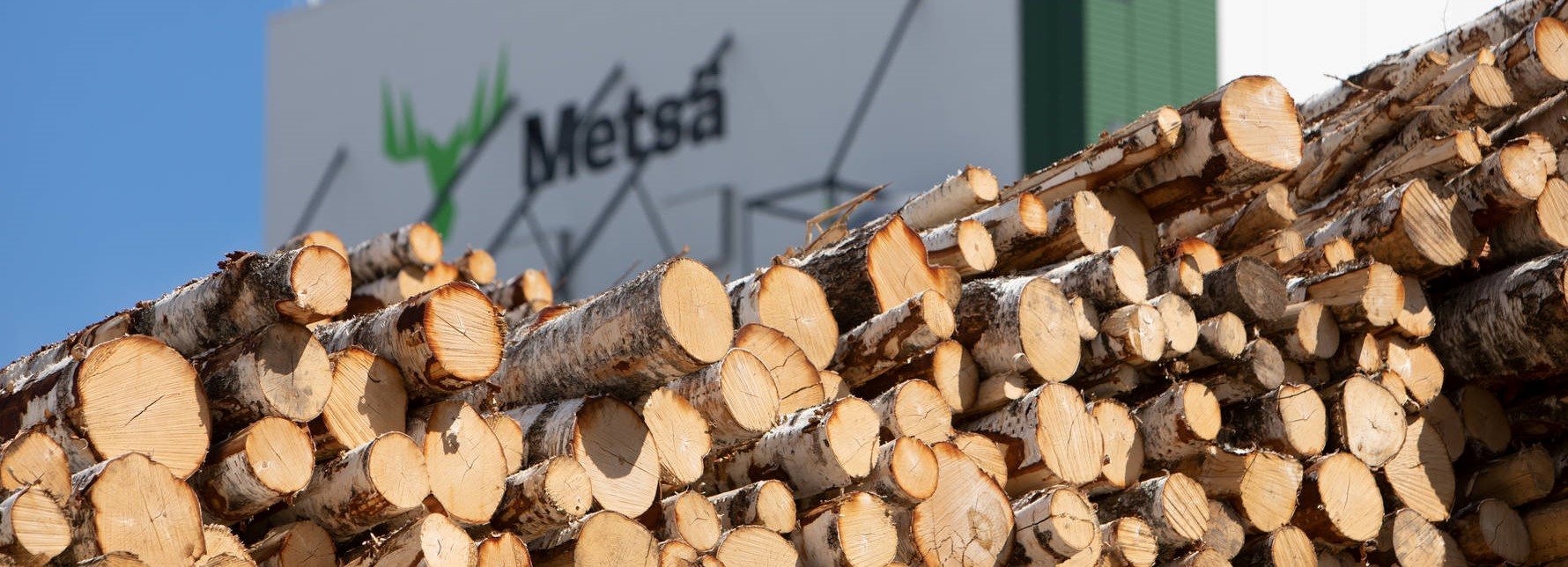 Wood consumption
Wood consumption
The wood consumption of our Joutseno mill is approximately 3.7 million m3 per year. We use pine and spruce pulpwood from sustainably managed forests, as well as sawmill chips as raw materials. The wood we use is obtained mainly from Finland, and around 95% comes from certified forests.
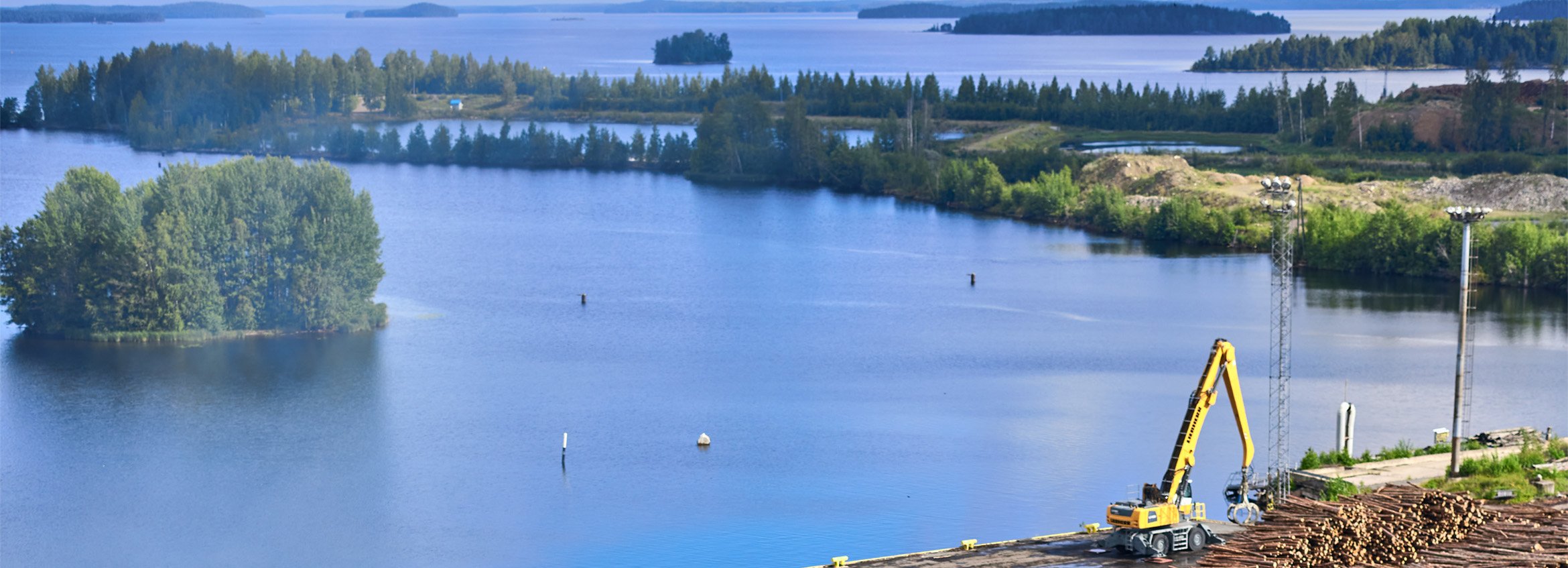
Impact on waterways
We monitor and measure actively load of the water, such as chemical and biological oxygen demand, and phosphorus and nitrogen load. Our mill uses an efficient biological wastewater treatment plant that purifies the wastewater produced by the mill. In 2020, a new retention pool for treating water with solids content from the wood stock area was introduced in the Joutseno pulp mill.
The water impact of the Joutseno pulp mill is monitored in accordance with the impact monitoring programme adopted by the ELY Centre for Southeast Finland. The monitoring programme enables valuable information of the waterways’ status.
We conduct long-term work to decrease the use of process water, and we have mapped new sites to increase the efficiency of water use in our process. With these measures, we will implement Metsä Group's sustainable development goal to reduce the use of process water by 35 percent per product tonne in 2018–2030. We can thus also minimise the nutrient load on waterways.
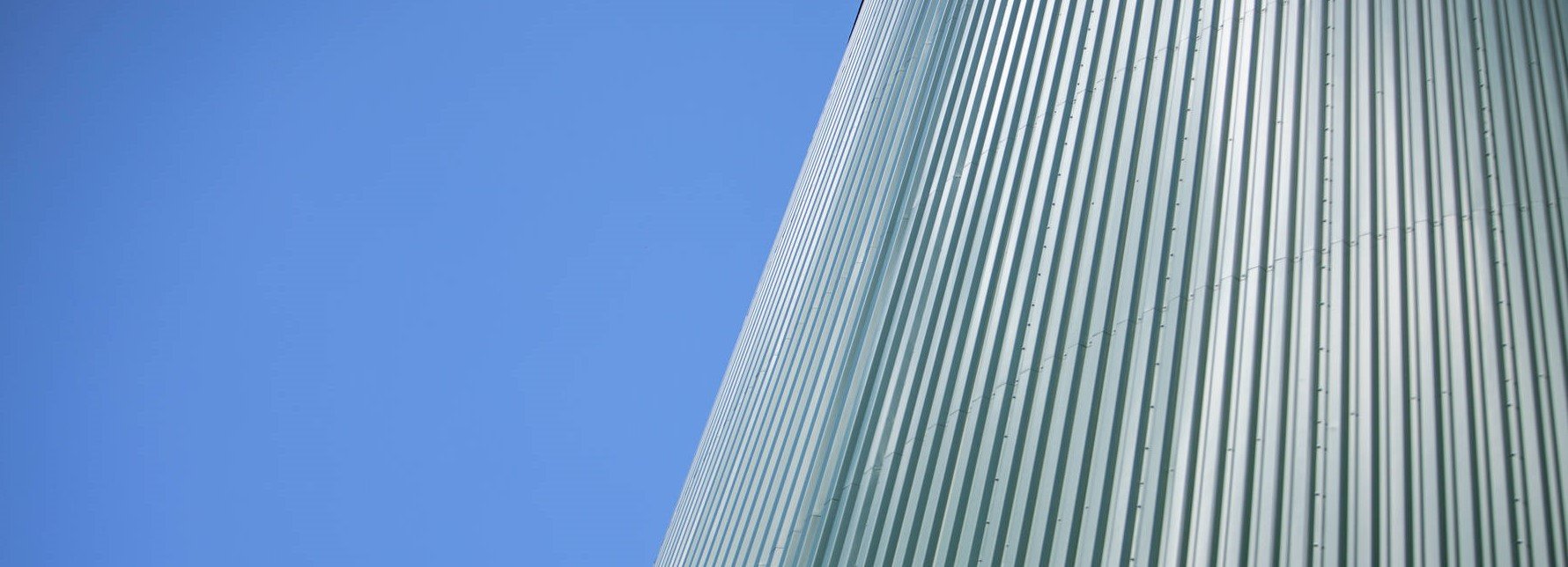 Air quality
Air quality
We participate in joint monitoring of the air quality in our area, together with the municipalities and companies of the area. The monitoring is carried out by the city of Lappeenranta in collaboration with the Imatra Region Environment Office.
The Joutseno mill uses a powerful collection and processing system for odorous gases. Odour nuisance occurs in conjunction with process malfunction, as well as shutdown and start-up situations at the mill. The Joutseno mill invested in a lime kiln washer in 2020. It has been used to improve the efficiency of lime kiln particulate processing and thus to decrease particulate emissions to air.
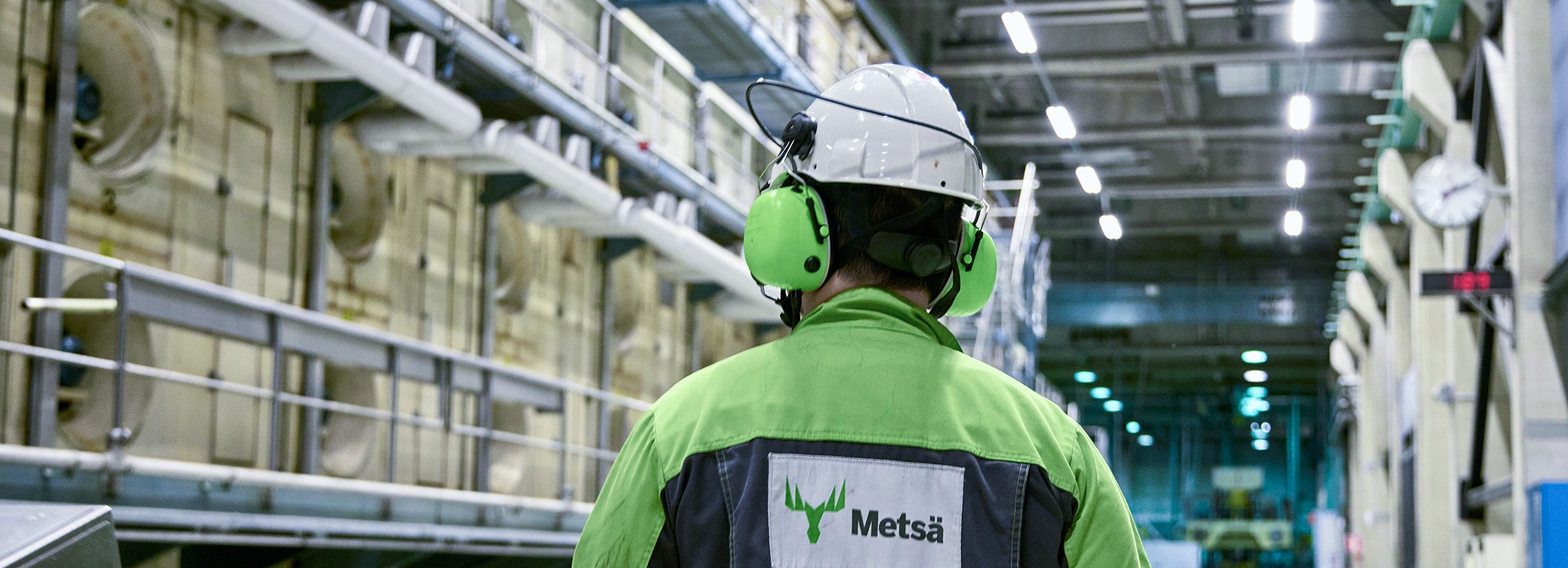
Noise
Noise caused by the mill's operations is managed in day-to-day operations by taking care of the maintenance of equipment and machinery, and by taking noise into account when planning investments and purchasing new equipment. The mill's noise emission level is checked regularly by measurements and model calculations. According to noise assessments, the operation of the Joutseno pulp mill does not cause any environmental noise that exceeds the guideline values.
The noise caused by the equipment has been considered when planning the Joutseno mill and selecting devices. Sound-resistant materials have been used in the buildings, for example. In addition, equipment that causes noise has been placed in such a way that its environmental impact is minimised.
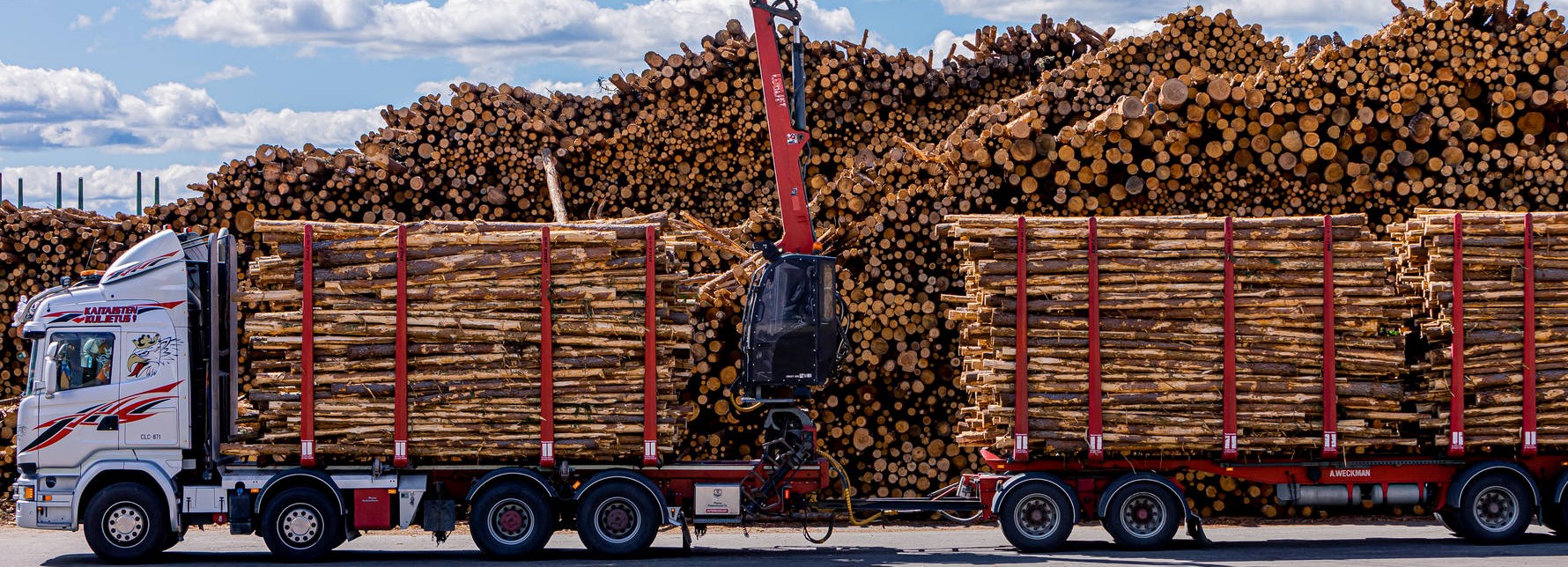 Local traffic
Local traffic
The raw material and product transports of the Joutseno mill are performed with trucks and trains. In addition, small amounts of wood come to the mill via waterways.
The transport distances have been considered in the mill’s wood supply area, and they have been optimised to be as short as possible to minimise the impacts of the transports. Heavy traffic has also been routed to the mill area via the shortest and safest possible route.
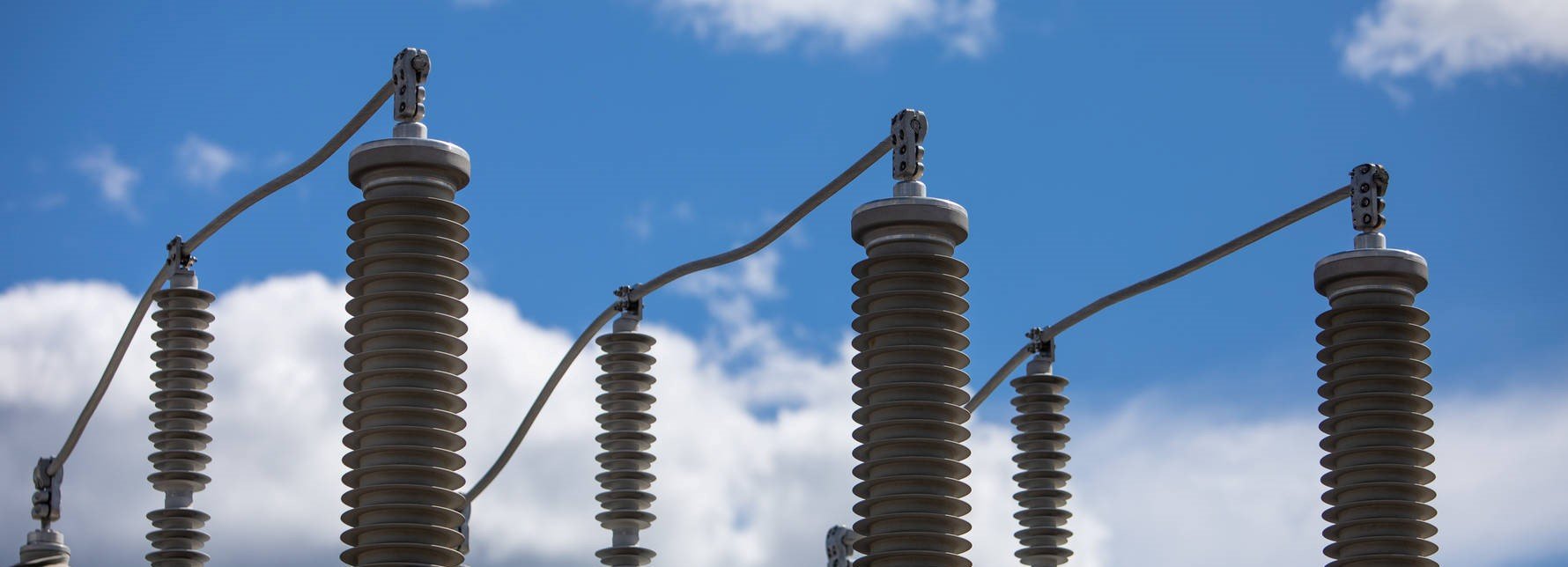 Energy
Energy
All of the energy needed by the Joutseno mill are be produced from production side streams. In addition to our own production, we supply renewable energy as electricity to the grid and to Metsä Board´s Joutseno mill, which is located in the same mill area.
The Joutseno pulp mill's lime kiln is fueled by product gas which is made from bark generated in wood processing. Thanks to this, our mill does not use fossil-based fuels during normal operations.
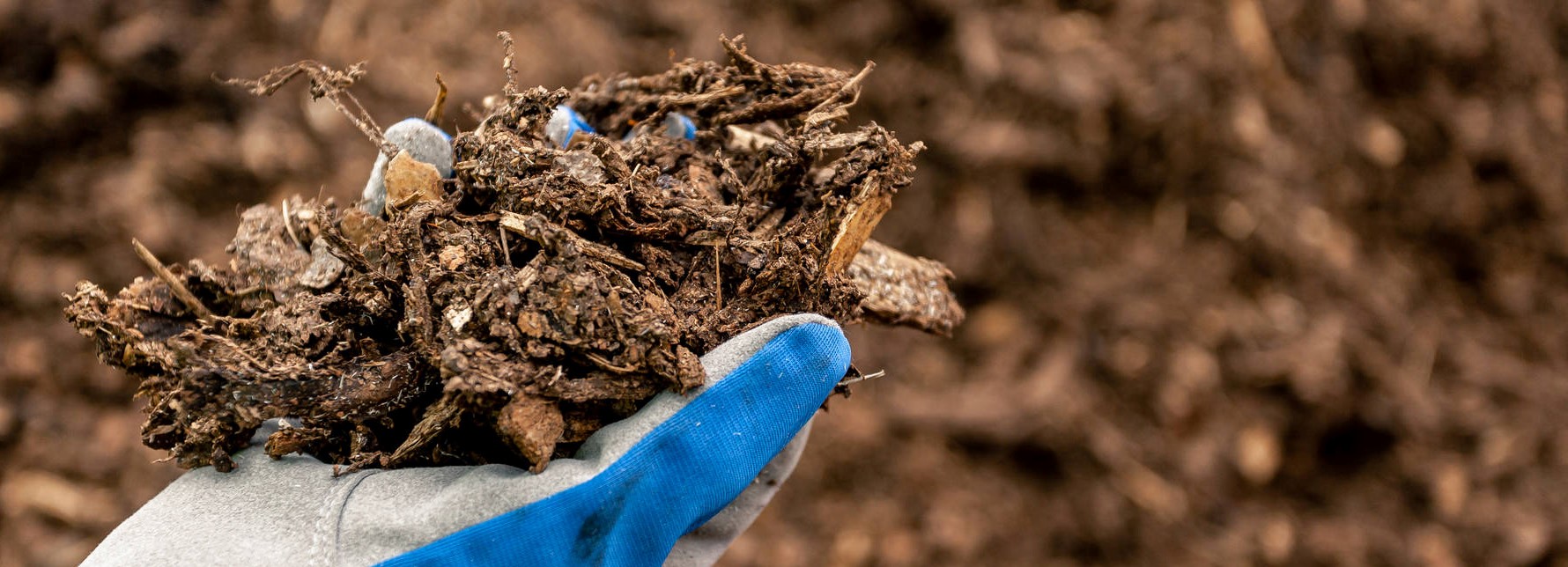 Side streams
Side streams
The side streams created in the process of the Joutseno pulp mill are utilised efficiently as different bioproducts and bioenergy. Bark, for example, is used to produce fossil free gas for the mill’s own use.
Metsä Group’s goal is to utilise production side streams fully by 2030 and to achieve a state in which our production will not generate landfill waste. At the moment, green liquor dregs generated in the pulp process is the only fraction that is landfilled. Other end uses for it are being actively sought.

